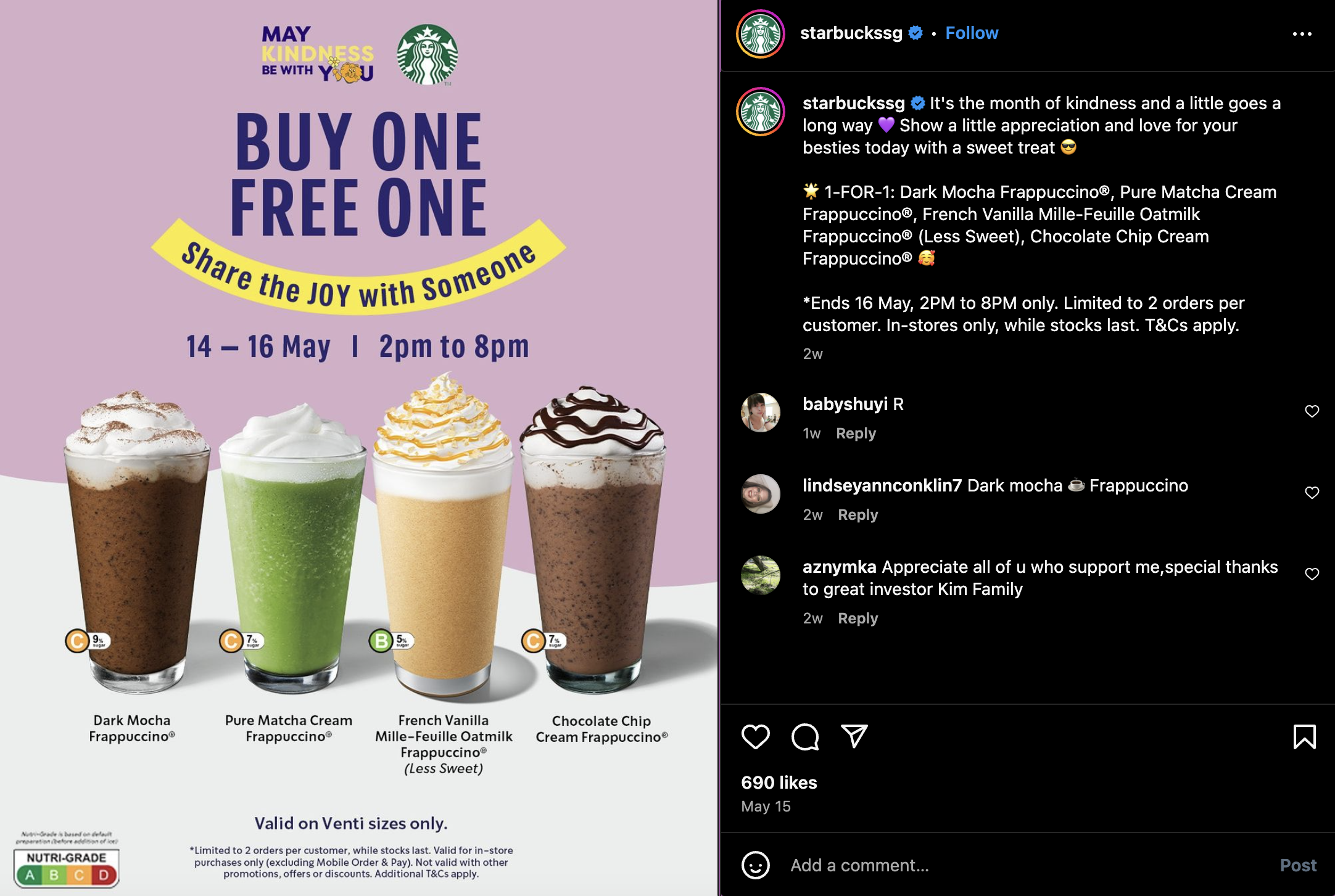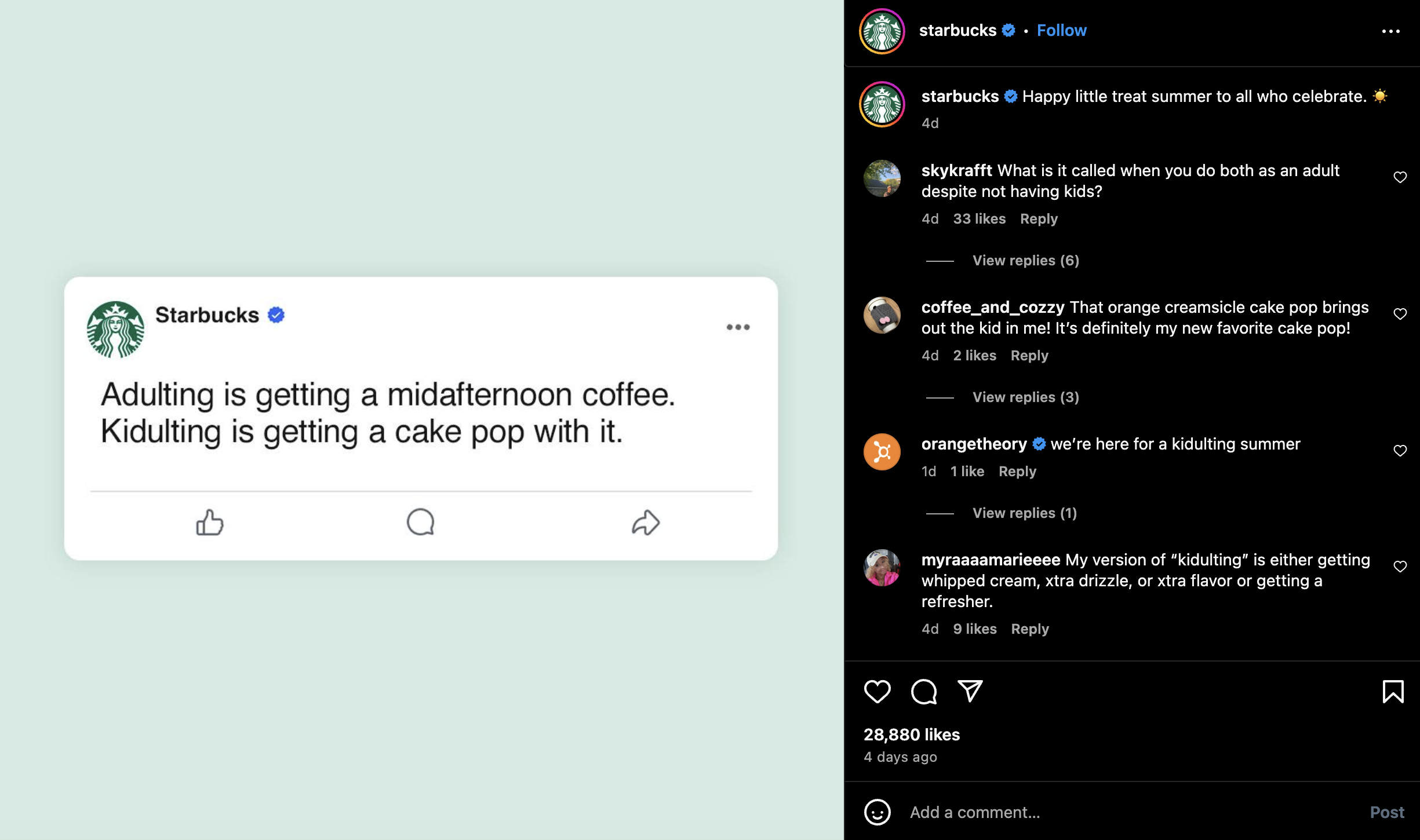Market With Heart: Make Relationships, Not Discounts

As humans, we seek connection and yearn to be understood. Our innate instincts drive us to create relationships in hopes to find common ground and spark a connection with someone, whether lasting or not. We are creatures driven by emotion, despite what the most logical of us may think. Thus, it is no surprise that when it comes to marketing, a focus on building relationships with consumers is an ingenious yet overlooked technique that has proven its worth again and again.
Sales and discounts may earn you a lot of one-time shoppers, but long-term customers are key. So, how does one retain long-term customers? Ask yourself this: how do I retain long-term relationships with people? The short answer: put effort into the relationship. The long answer: it’s down below.
You Are (Not) Your Biggest Critic
The Internet has transformed the everyday shopper into a savvy analyst of best prices, best deals, and best quality of the item they are after. With near-instant access to a horde of brand websites, products, and reviews to pick over, customers have become increasingly critical and suspicious of brands.
Millennials and Gen Z in particular prefer brands that align with their social views, such as sustainability and diversity. A study has shown that a whopping 83% of millennials place high importance on purchasing from brands which align with their values. Furthermore, two in three millennials have boycotted a company they had previously shopped from because it did not reflect their values. However, once a brand has earned their trust, millennials are quite loyal. 60% of millennials say they have held relationships with specific brands for 10 or more years, while 70% say that they would go out of their way to purchase from a brand they feel loyal to.

Meanwhile, Gen Z prefer best prices over all other factors, which seems to leave no place for brand loyalty. However, the study shows that they place brands that align with their own values at the second most important shopping preference.
With the steadily growing purchasing power of millennials and Gen Z, the young adults and leaders of tomorrow have made it clear about what they want. Brands need to show true authenticity and a keen, honest awareness for today’s societal issues. The desire for brand transparency means that companies need to focus on one thing now more than ever: building relationships and trust.
Building Bridges
As is the key to any good relationship, a clear communication channel is one. This doesn’t just mean having multiple retail channels such as social media, websites and retail stores. Rather, give customers an opportunity for them to speak to you, and you to them. This means brand communities, asking for feedback after a purchase, newsletters, and yes – social media to actively engage with new and current customers.
Asking for feedback after a purchase – while providing much-needed data to observe the company’s success in products or customer service – also plays an extremely important role in building relationships with customers. You are directly asking them about their feelings and if they have been satisfied with your products and services. Many successful companies make use of this to further enhance customer experience and gauge the success of products. For example, Apple took the feedback of their Apple Watch users and found customer satisfaction to be extremely high. Today, 6 years after the first Apple Watch had launched, a total of seven generations of Apple Watches have been released and it remains the most popular smart watch in the world.
Newsletters and social media are an excellent way of gently reminding subscribers (even if they aren’t existing customers) that your brand is still here. Starbucks is a great example of how using personalised email marketing and social media content builds relationships and fosters closeness between brand and community. Their newsletters are usually short, sweet and simple promotions with personalised language, allowing readers to understand the message at one glance.

Starbucks also makes use of social media to make themselves a more personable brand. By using casual Internet language that the younger generation are familiar with, retweeting customer tweets about the brand, and actively engaging with the community, Starbucks is cleverly developing brand loyalty and trust among its consumers. Consumers feel seen and heard, and enjoy being treated like a friend instead of just a buyer. Gone are the distant, monumental brands that only seek to draw customers in through sales and big discounts. A personable brand can be much more charming and engaging to consumers, which are all building blocks to develop trust in a relationship.

You Scratch My Back, I Scratch Your Back
Loyalty programs are by far one of the most popular methods of relationship marketing. After all, who doesn’t love earning points and being rewarded for spending money? There is a sense of gaining something extra and working towards a goal (that big, juicy treat all of us keep our eye on that costs oh-so many points) that is just another reward to enjoy. Loyalty programs incentivize customers to return and spend more while making them feel like they are part of an exclusive club. And that isn’t just a feeling – it’s the truth. Once again, catering to customers’ personal needs, rewarding them for their support, and making them feel special is another way to build a lasting relationship with them. McDonald’s ran a loyalty program advertisement that followed the journey of a loyal customer, from young girl to working adult. The personal touch of an individual’s consumer history, with the simple copy “You’ve been loyal. We want to reward that.” reaches out to customers and tells them, “We see you. We appreciate you. Let us show you our thanks.”
Let Emotional Content Speak For Itself
Ad campaigns which are purely emotional content have been observed to perform twice as well as those with only rational content. People are drawn to stories and things that make them feel – a food product advertisement about a mother’s love for her child shown through cooking is far more interesting and memorable than one that lists down the benefits of said food product. In fact, ads with an above-average emotional response generated a 23% increase in sales. Getting consumers in touch with their emotions and relating it to your brand reminds them again of how your brand is one that cares about them.
To Sum It Up…
This isn’t to say that discounts and sales tactics aren’t useful, or not worth investing in. (We all love a good sale!) Relationship marketing is just another method of marketing that focuses more on long-term customer satisfaction and building lasting bonds to cultivate trust and loyalty. Consumers these days are knowledgeable and critical of brands, wanting authenticity and a reason to support them. Brands need to keep up with this by focusing on ways to earn and retain customer trust – and it all ties down to emotion, two-way communication, and letting them know you care.
Relationship marketing really is just like how you’d naturally develop any relationship, just that you’re putting in a bit more effort here into creating and maintaining the relationship. Now that you have a few ideas of how to implement relationship marketing, it’s time to start forging those important relationships.